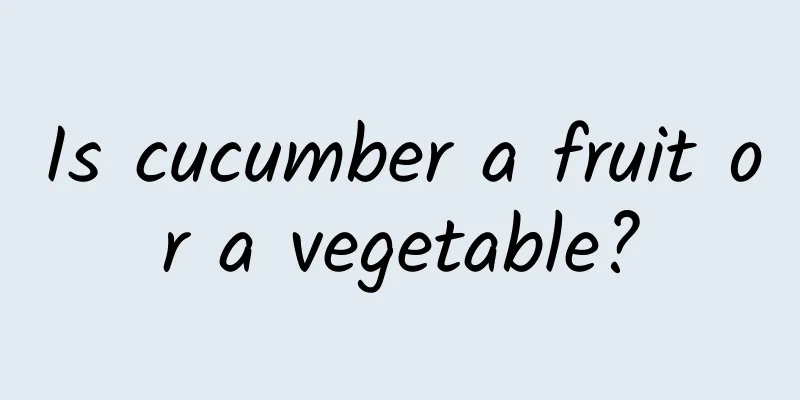When is the best time to plant winter vegetables?

|
There is a kind of vegetable that is particularly delicious when cooked into soup. In the southern regions, fermented black beans are usually added for seasoning. This dish is called winter amaranth , also known as winter amaranth. However, it is different from ordinary amaranth. This vegetable prefers a cool climate. Let’s learn together when is the best time to plant winter vegetables? When is the best time to plant winter vegetables? Winter vegetables are best planted in spring and autumn, specifically from February to March in spring and from September to November in autumn. The climate during these two time periods is cool and the temperature is suitable, generally around 15℃ to 20℃, which is the most suitable temperature for the growth of winter vegetables. In temperate regions, the specific time for autumn planting can be a little later, around early to mid-October to late November. Such climatic conditions are conducive to the germination of winter vegetable seeds and the growth of plants, and also help to improve the survival rate and yield. Winter vegetable planting method 1. Land preparation Choose a plot with flat terrain, loose soil, rich in nutrients and good drainage. Avoid planting near trees, buildings and other obstructions to prevent affecting the growth of winter vegetables. 2. Fertilization Before planting, apply well-rotted organic fertilizer to increase soil fertility. During the planting process, it is also necessary to add an appropriate amount of compound fertilizer on time to ensure that the winter vegetables have a long growing season and sufficient nutrient supply. 3. Planting seeds It can be planted directly or by transplanting seedlings. When sowing in holes, keep the spacing between rows and plants at about 25 cm, sow 4-5 seeds in each hole, cover with a thin layer of soil after sowing, and keep the soil moist. 4. Field management After the transplants are successful, we must pay attention to tillage and weeding, and apply fertilizer in time after harvesting during the peak growing season. Spray pesticides in advance to prevent and control diseases and pests. 5. Watering In the early stages of growth, water 2-3 times a day to keep the soil moist. After maturity, reduce watering frequency appropriately to 1-2 times a week. 6. Pest and disease control Winter vegetables are susceptible to pests and diseases such as aphids, gray mold, and black ring spot of cabbage. Timely prevention and control measures should be taken, such as spraying pesticides and disinfecting the soil. The above is an introduction to the planting time and key points of winter vegetables. Winter vegetables are generally planted in spring and autumn. Of course, local conditions must also be suitable for growing winter vegetables.
|
<<: Why do camellia buds fall off?
>>: How to grow Margarite flowers
Recommend
What flowers can be watered after beer fermentation? The correct way to water flowers
Watering flowers after beer fermentation After fe...
Can I grow mugwort at home?
Can I grow mugwort at home? The plant mugwort can...
What fertilizer is good for growing water spinach?
Fertilizer for growing water spinach Water spinac...
How to propagate mallow through sowing
How to propagate mallow through sowing There are ...
How to water azalea
Tips for watering azalea Azalea is a plant of the...
How to Make Dicentra Bloom for Christmas
The principle of this method The principle of usi...
Cultivation methods and precautions of small lilies
1. Temperature The lily is a plant that likes to ...
The difference between cinnamon and cassia, the role of cinnamon
1. Difference There is actually no difference bet...
The effects and functions of milkweed
Medicinal Benefits of Milkweed The whole plant ca...
What kind of pot is good for Milan?
1. Types There are several commonly used plant po...
Honeysuckle planting method and management technology
Honeysuckle, scientifically known as Lonicera, is...
How to prune butterfly plum when it blooms
The pruning of butterfly plum is generally done w...
Do lilies like water? Are they water-loving plants?
Do lilies like water? Lily likes water. It is nei...
How to repair the roots of the quiet night
Does Jingye need root trimming? The nightshade ne...
How big a flower pot should I use for roses?
1. Flowerpot size When caring for roses, the size...









